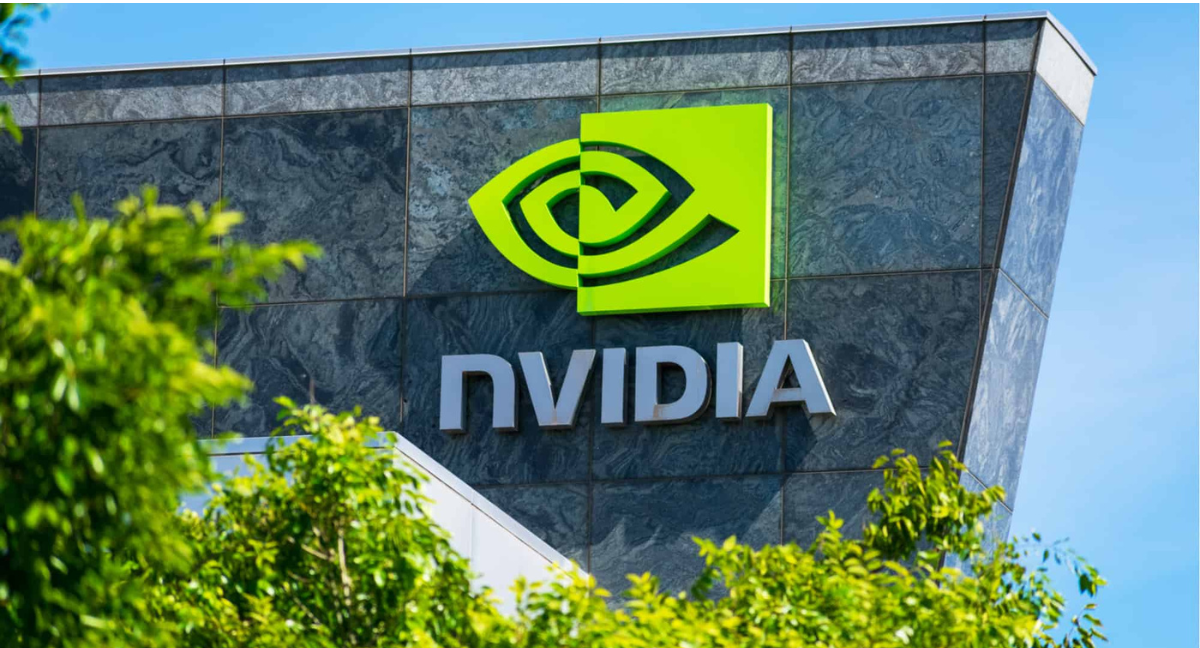In the fast-paced world of artificial intelligence (AI), one company has emerged as a dominant force: Nvidia. Through its unwavering focus on graphics processing units (GPUs) and the visionary leadership of CEO Jensen Huang, Nvidia has carved a path to prominence in the AI industry. This article explores Nvidia's journey, highlighting the key factors that have contributed to its rise and examining its current dominance in the AI landscape.
The GPU Ecosystem and Strategic Vision
Nvidia's ascent can be traced back to its creation of a GPU ecosystem, which revolutionized the utilization of GPUs for AI computations. Recognizing the significance of parallel computing for AI, CEO Jensen Huang made strategic decisions that enabled the distribution of Nvidia's software, CUDA, for free to researchers. This move fostered the development of an ecosystem around Nvidia's GPUs, optimizing their usage and cementing their position as a powerful tool for AI computations.
The Rise of Transformer Models
A pivotal moment in Nvidia's journey coincided with the rise of transformer models in AI. These models, which are essential for large and scalable AI applications, greatly benefited from Nvidia's computing and software ecosystem. Transformer models possess the unique ability to scale up infinitely, and Nvidia's GPUs played a critical role in enabling the development of larger and more powerful models. This breakthrough solidified Nvidia's importance in the AI industry, positioning the company at the forefront of the large language model revolution.
Dominance in the Market
Nvidia's rise to dominance is reflected not only in its trillion-dollar valuation but also in its pivotal role as a major supplier to both the gaming and data center sectors. The company's GPUs have become an integral component for gaming enthusiasts, delivering unparalleled graphics and immersive experiences. Simultaneously, Nvidia's GPUs have found a crucial place in data centers, powering the AI infrastructure that drives innovation and research in various fields.
The Absence of Significant Competitors
One key factor contributing to Nvidia's dominance is the absence of significant competitors, particularly in China. While there have been attempts to rival Nvidia's comprehensive solution, none have been able to match the company's complete stack, encompassing hardware, software, and networking. The lack of formidable competitors, both foreign and domestic, has further solidified Nvidia's position as a leading player in the AI industry.
Geopolitical Implications
Nvidia's journey is also intertwined with geopolitical dynamics, particularly in the context of US-China relations. The US Department of Commerce implemented export controls to restrict Chinese data centers from acquiring the computing power provided by Nvidia. This has limited China's ability to compete and scale up its AI capabilities, providing a significant advantage to Nvidia in the international market.
The Future of Nvidia and AI
Looking ahead, Nvidia's dominance in the AI industry remains strong. While advancements in on-device inference and distributed computing hold promise, Nvidia's expertise and market position in GPUs provides a solid foundation for adapting to evolving computing trends. The company's strategic vision, focus on innovation, and ability to provide a comprehensive solution continue to position Nvidia as a driving force in the AI landscape.
Nvidia's rise to prominence in the AI industry is a testament to its unwavering commitment to GPUs and the creation of a robust ecosystem. CEO Jensen Huang's strategic decisions and the company's focus on parallel computing have propelled Nvidia to the forefront of the AI revolution. As the dominant player in the market, Nvidia's trillion-dollar valuation and indispensable role in the large language model revolution underscore its enduring significance. With limited competition and a strong foothold in both gaming and data center sectors, Nvidia's influence is set to shape the future of AI for years to come.
Read More:

We research, curate and publish daily updates from the field of AI. Paid subscription gives you access to paid articles, a platform to build your own generative AI tools, invitations to closed events and open-source tools.
Consider becoming a paying subscriber to get the latest!









